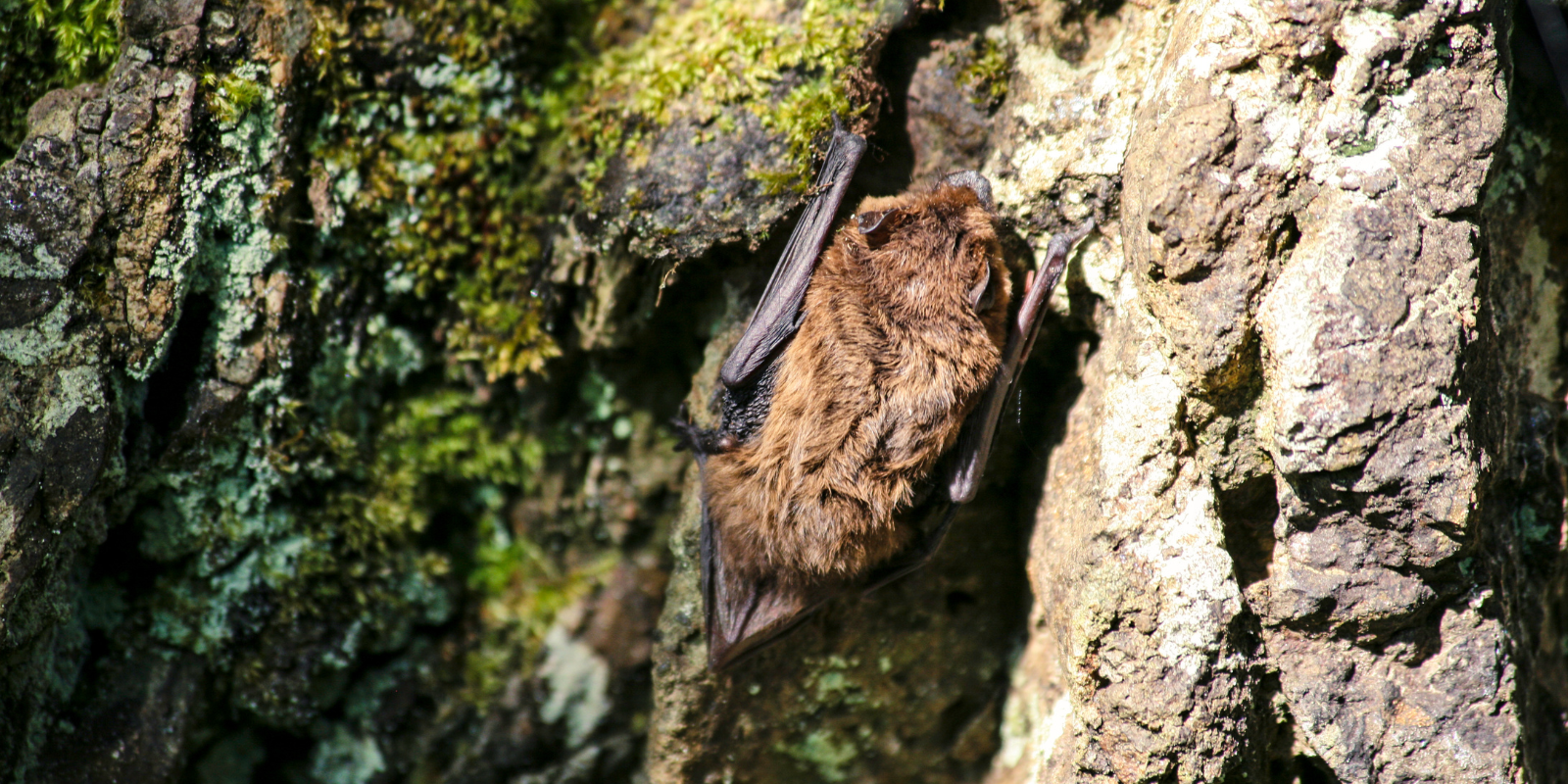Saturday, August 24, is International Bat Night! We love bats here at The Future Forest Company, and do everything we can to safeguard and protect the bat populations that we are lucky enough to have on our sites.
Why bats are so important
Bats are a vital part of our native wildlife, they make up almost a third of all mammal species in the UK. But their populations face many challenges, such as landscape change, agricultural intensification, development, and habitat fragmentation.
These factors also affect many other wildlife species, meaning that bat numbers are accurate indicators for the wider health of the UK's wildlife. Declining bat populations are just one of the huge global biodiversity losses we are currently experiencing.
At The Future Forest Company, each decision we make during planning considers the wider impact to the site’s living inhabitants - not just the trees, but a whole range of plants, fungi, animals and microorganisms, including bats.
Bat surveys
Whilst conducting bat surveys at our Glenaros site, our Head of Biodiversity Lindsay Mackinlay and a team of volunteers found that the site supported at least three species of bat, including Soprano pipistrelle, Common pipistrelle and the odd Brown long-eared bat. They discovered at least 10 bat roosts across five buildings and within nearby mature trees.
We are monitoring and surveying all these bat roosts and take great care to ensure that their habitats are protected.

Bat facts!
This International Bat Night, we celebrate bats with the help of some remarkable bat facts!
-
Bats use echolocation to navigate and hunt for insects in complete darkness. This involves sending out waves of sound from their mouths or noses, which bounce off their surroundings back to their ears, enabling them to build up a picture of exactly what’s around them.
-
The tiny pipistrelle bat is so small it could fit into a matchbox, but it can eat up to 3,000 insects in a night! It mainly chooses midges and moths.
-
Bats can vary their heart rate hugely to conserve energy. Their resting heart rate is around 200 beats per minute (BPM), and this can increase to 1,000 BPM when in flight.
-
Most bats have only one baby – called a pup - per year. Bat mothers can find their babies among all the other bats in the colony by their unique voices and scents.
-
The world’s largest bat is the flying fox. Part of a group known as megabats, the flying fox bat has a wingspan of up to 1.5m. In contrast, the world’s smallest bat is the bumblebee bat from Thailand which is less than 2cm long.
-
Long-eared bats have ears nearly as long as their bodies! When resting, they tuck them under their wings.
-
Over 500 plant species rely on bats for pollination, including certain types of mango, banana, avocado, and agave which is used to make tequila.
-
Many bat species around the world are vulnerable or endangered due to loss and fragmentation of habitat, diminished food supply, destruction of roosts, and disease or hunting. UK bat populations have declined considerably over the last century. Bats need our help today!

How you can help bats
You can make your garden or green corner more bat-friendly by planting night-scented flowers, such as jasmine and evening primrose. These will attract moths, which will bring the bats! Make sure to leave out fresh drinking water too.
Support our work and help us protect our precious bat colonies by planting a tree with us today!
